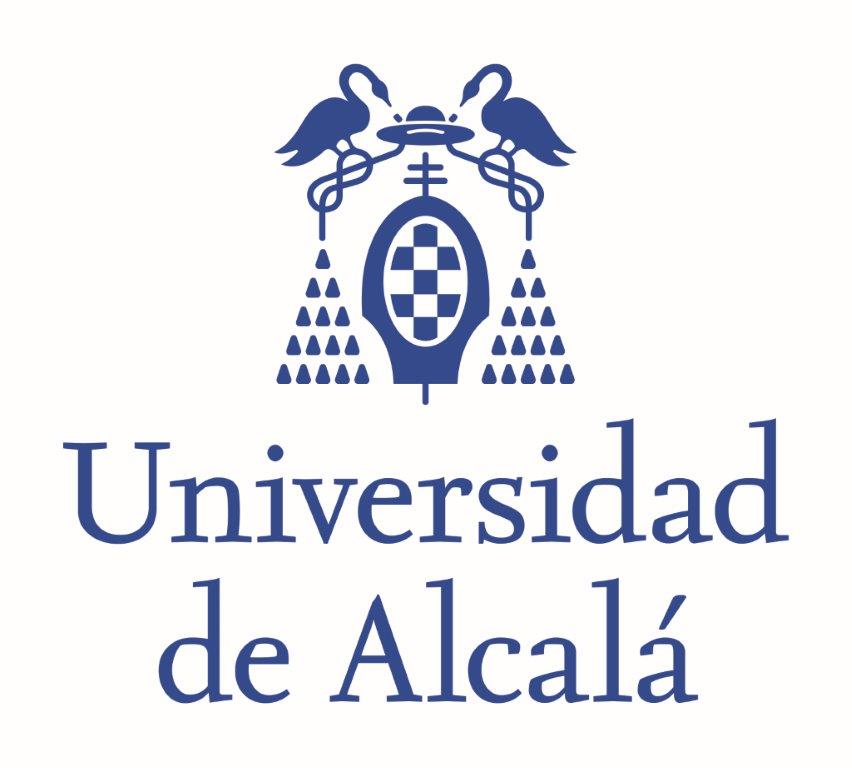More Information
ALONE Project Description
The rural or less populated areas ("Empty Spain") must face a series of challenges in the coming years, not only linked to demographic change, but also to more general economic and social aspects. On the other hand, the current population in these areas is characterized by a marked aging, coupled with the questionable economic viability of certain social and health services to reach these corners of our geography. These two social challenges are addressed by this project, through the design and development of new techniques based on the measurement of electricity consumption in a minimally invasive way in order to promote the digitization of care and independent living in their own homes of elderly or those with a certain degree of dependency. The proposed systems should be universally usable, adaptable to any situation and require little or no degree of collaboration or action on the part of the people being monitored.
The main objective of this project is the design and development of an integral system based on the electrical consumption of the home, for possible use in low population density environments, for the non-intrusive monitoring of the daily activity of the tenants of the house. From a single easily deployable and minimally invasive single point measurement of electricity consumption, NILM techniques and intelligent systems (deep learning) will be applied to determine which appliances and other electrical devices are used at any given time. High-frequency acquisition and advanced processing techniques will be used to detect not only high consumption appliances, but also those of lower consumption, whose detection is not solved in the current state of the art, and which are equally relevant for the subsequent identification of people's behavioral routines. Based on the correct identification of the different electrical appliances and devices connected at each moment in the home, we will proceed to the inference of the behavior patterns of the tenants, and their monitoring over time, with two main approaches: on the one hand, the detection of anomalous situations in the detection of anomalous situations in the short term, and the generation of alarms/notifications; and, on the other hand, long-term monitoring of the performance of certain daily activities, as well as their evaluation, in order to provide additional support tools for family members, caregivers or specialists in the digitization of home care.
The activities are organized in the following work packages:
CONTACT E-MAIL:
Álvaro Hernández (Universidad de Alcalá)

